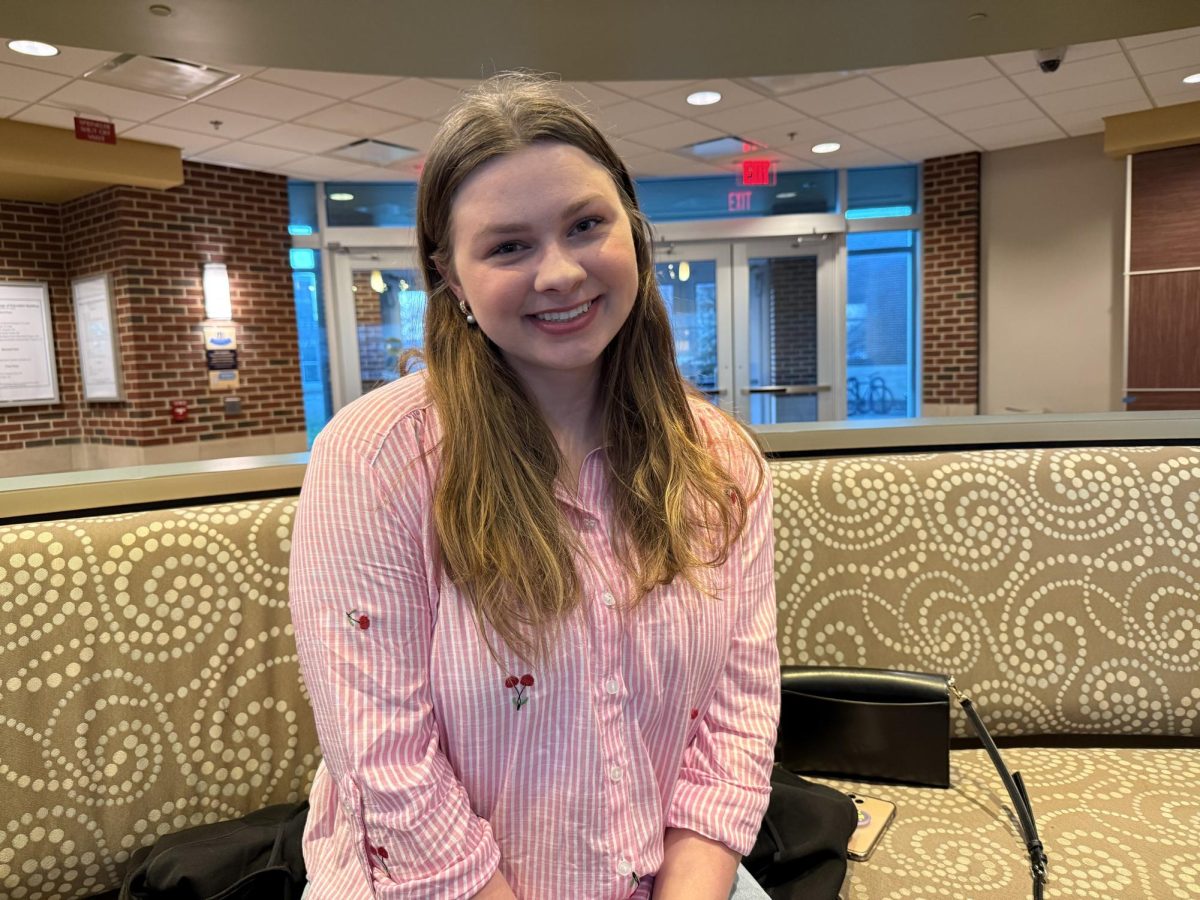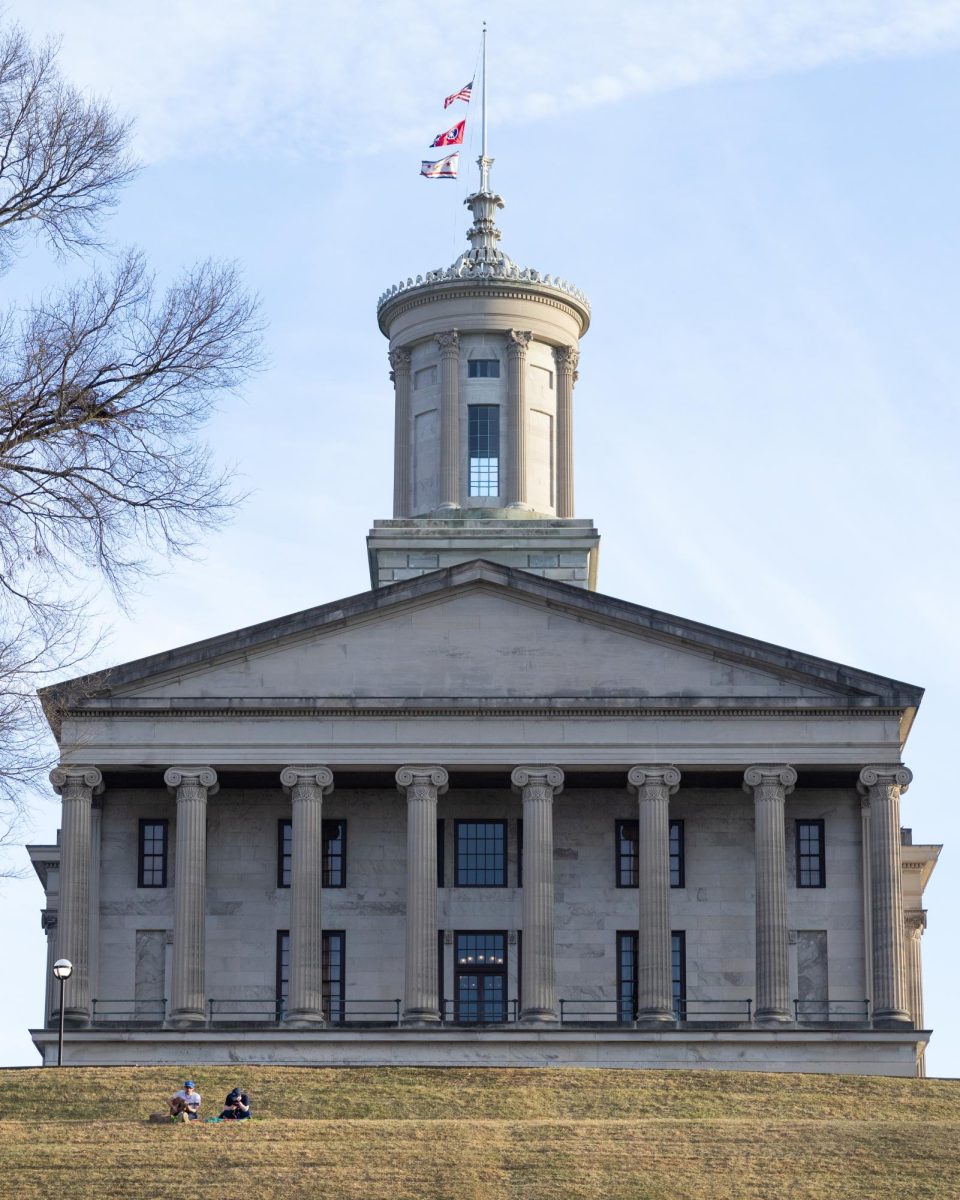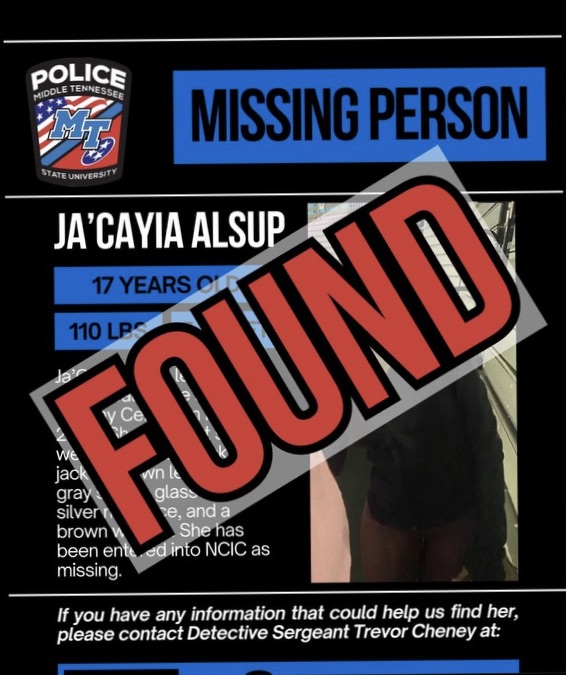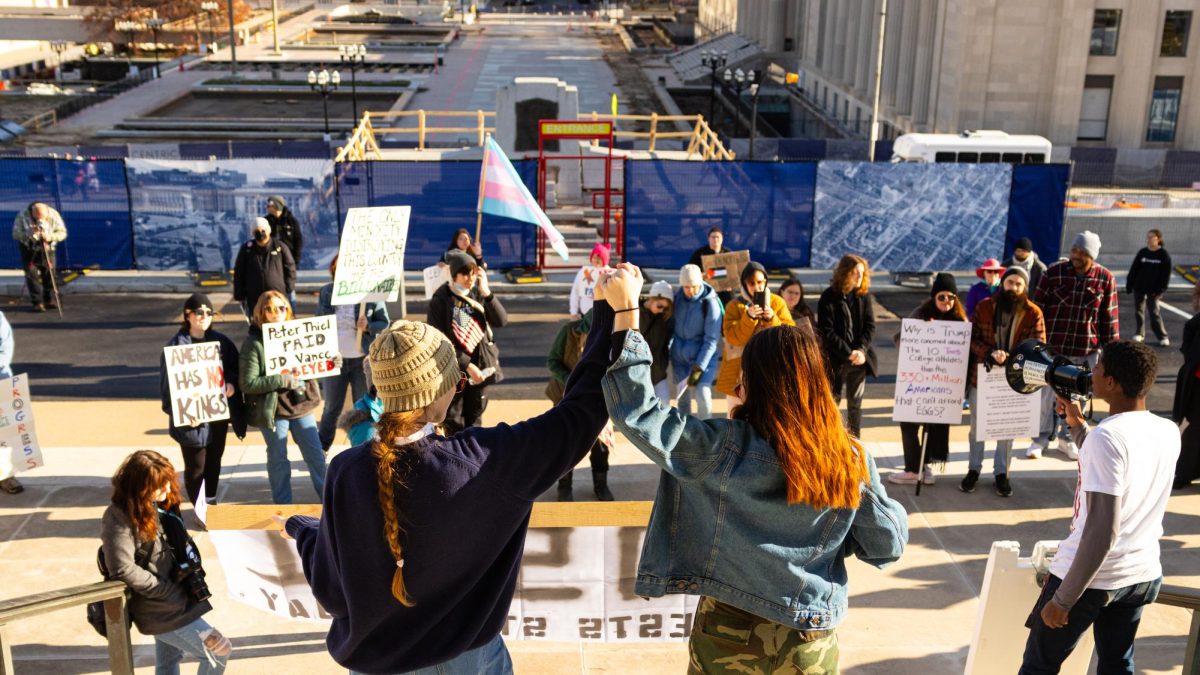MTSU’s Forensic Institute for Research and Education (F.I.R.E.) hosted a William M. Bass Legends in Forensic Science Leadership lecture on Tuesday in the Student Union. The speaker was the co-founder of DNA Doe and founder of Identifinders International Dr. Colleen Fitzpatrick to talk about forensic genealogy and the positive identification of the “Buckskin Girl.”
The Buckskin Girl was a 37-year-old cold case in 2018 when DNA Doe identified her. The Jane Doe was found strangled in Ohio in 1981 and was nicknamed after the fringe buckskin jacket she wore. According to the investigation at the time, she was found 30-50 hours after she had been killed, had good personal hygiene and was likely a frequent traveler. After no one in the small town could positively identify her, it was assumed that she was not from around the area and had been murdered during one of her travels.
The case stayed dormant for 35 years until pollen analysis from her jacket confirmed that she was well-traveled all over the U.S., but it wasn’t until April of 2018 that DNA Doe had the idea to use ancestral genealogy to try and identify her.
Fitzpatrick explained how services like 23andMe and Ancestry started and how they basically worked. However, these services are not available to forensic genealogists and law enforcement, so Fitzpatrick had to turn to another database called GEDmatch that allowed people who got their DNA analyzed by these services to upload their data and allow forensic genealogists access to it.
Fitzpatrick took some of Buckskin Girl’s DNA to an independent lab to make the DNA compatible with the data uploaded to GEDmatch. The lab was successful and in the early hours of the morning, Fitzpatrick and other volunteers with DNA Doe started the process of trying to find a relative through GEDmatch.
Immediately, there was a DNA match that indicated the match was a first cousin once removed. Fitzpatrick then began to work backward through that match’s family tree. After the process of piecing through a wide family tree, Fitzpatrick eventually found John Sossoman. Sossoman was a father of six kids and had passed away earlier in the year. However, before he died he had uploaded his family’s genealogy onto Ancestry. Including the information for one of his daughters, Marcia King-Sossoman, who had been missing, presumed dead since the 80s. Marcia King was the Buckskin girl.
“John Sossoman essentially was putting a note in a bottle to tell the world, ‘what happened to my daughter.” He was looking for her and that was his note,” Fitzpatrick said.
From starting to match the DNA through GEDmatch to finding Marcia King-Sossoman took about four hours. Fitzpatrick shared a video from the official funeral for Marcia King-Sossoman 37 years after she was found.
Fitzpatrick pointed out that positively identifying previous unidentified victims doesn’t necessarily give closure, but release. This sentiment was given to her by Marcia King-Sossoman’s mother.
“Marcia’s mother did leave us with a thought that there’s no such thing as closure. Because Marcia is never coming back… what there is, is release. Because now all that energy she’s been using to think about what happened to Marcia… she can now use that energy to really heal herself,” Fitzpatrick said.
Fitzpatrick, who coined the term forensic genealogy with the title of one of her three books, explained how genealogy works and the basics of using it to find and identify Jane and John Does. She explained centiMorgans and SNPs being used to find family members and DNA Doe then track backward through family trees. After they’ve gone back to the closest common ancestor between and DNA match and a Doe, they go forward again until they can find the identity of someone who previously was just gone.
Fitzpatrick said that this line of work wasn’t something she found herself interested in, she was born into it.
“I never got interested in genealogy, because I was born that way. I’m from New Orleans, I knew all four of my grandparents… so I grew up around living history. So I just cannot tell you how much I feel genealogy — family history.”
Fitzpatrick ended her lecture by showing digital photo renderings and morgue photos of some of the cases that DNA Doe is currently working on identifying.
“I hope that next time we cross paths, we will have more success stories.”
To contact News Editor Savannah Meade, email [email protected].
For more news, visit www.mtsusidelines.com, or follow us on Facebook at MTSU Sidelines or on Twitter at @Sidelines_News













